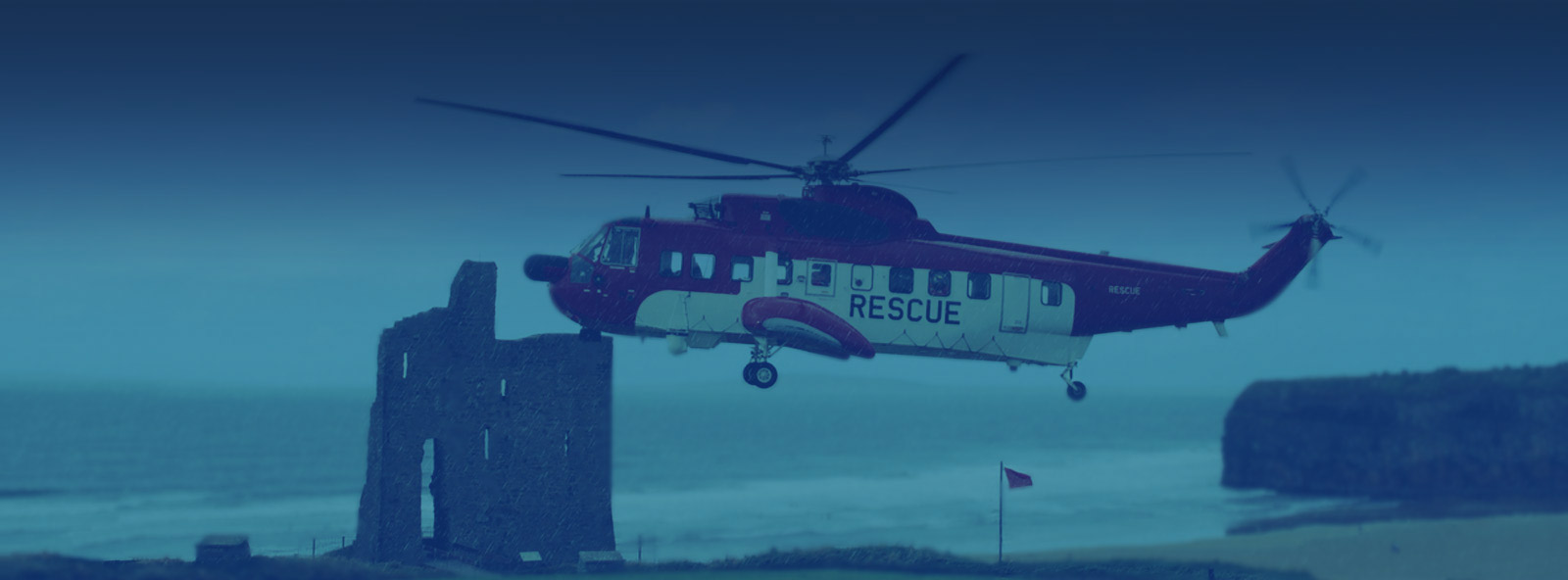AeroMed Upgrade Release

In order to meet the critical needs of the stakeholders, a multi-agency collaborative group have been working together to develop a feature rich platform that will go a long way to improving clinical outcomes by enabling safe air-transport of patients to specialist facilities for time-critical care e.g. for trauma, coronary, stroke or transplantation.
In the latest release of AeroMed (v.5.0), OpenApp have delivered a number of features that significantly expand the geolocation capability of the system and its users.
- Google Maps and Streetview integration
- Multiple coordinate format support
- Vehicle Tracking (Tetra and AIS) integration
- Touch screen support for iPad
About AeroMed
The award winning AeroMedical implementation offers the Emergency Aeromedical Service a real-time facility to track and locate their fleet. Its critical objectives are to;
- Enable real-time sharing of identical mapping information between the HSE Aero-Medical Service dispatchers, the Air Corps and the Coast Guard.
- Quickly and accurately pin-point the location of patients anywhere in Ireland in urgent need of air transfer to specialist clinical care facilities.
- Generate the coordinates (latitude/longitude) and offer a view of a suggested helicopter landing site nearby where air and ground based services can safely rendezvous.
Benefits of Geolocation for AeroMed
- By tracking the geolocation of their helicopters, the Emergency Aeromedical Service can ensure the vehicle is on route to the correct destination.
- AeroMed enables pilots to quickly assess potential landing areas in close proximity to the desired response location by integrating electricity power lines and Google Streetview.
- GeoDirectory integration ensures every address in Ireland can be found and displayed in the spatial dimension
Extensive Geographic Features
Designed for Ease of Use & Secure Systems Access
- The system is simple, accurate, and intuitive to use so that the minimum time is required to identify rendezvous locations.
- The screen is uncluttered but highly functional and responsive.
- Training requires only a single session. Background guidance notes are included.
- System access is controlled through internet protocol (IP) lockdown or security certificates.
Geolocation
- Geographical features are geo-referenced using the Irish Transverse Mercator (ITM) system.
- Rendezvous locations are expressed in latitude/longitude.
- OSI MapGenie maps (road, aerial photography and hybrids) are used.
- Address/location look up exploits GeoDirectory (An Post) and the OSI Gazetteer.
- Google Street View is embedded as an adjunct so as to enable the pilot/navigator to anticipate local hazards in proximity to the landing zone.
- The map menu display options include hospitals, Garda stations, airfields and helipads that are maintained in the HSE Service Directory which multi-sources, updates and classifies health related service data on a national basis.
- Potential hazards to aircraft such as overhead power lines (ESB Networks) and buildings (GeoDirectory) can be displayed.
Map Integrations
- Maps can be printed or transmitted to other users via a “live link”. Distances in nautical miles and kilometres can be accurately displayed.
- Special functions allow the Air Corps and Coast Guard to separately identify, document, moderate, and display pre-determined landing zones (PDLZs) that are identified from their national surveys and suitable for their particular aircraft.
- A hardcopy of the rendezvous site map and associated details can be printed and carried on missions for reference purposes.
Multi-Agency Contributors
Health Intelligence HSE has led a multiagency collaborative initiative to create the solution that included;
- Emergency AeroMedical Services
- Irish Air Corps
- Irish Coast Guard
- Ordnance Survey Ireland
- An Post GeoDirectory
- ESB Networks
Those working on the project include Dr. Howard Johnson (Health Intelligence HSE), Ian Folan (Health Intelligence HSE), Fionnuala Donohue (Health Intelligence HSE), Douglas Beaton (Health Intelligence HSE), Colm Megan (National Ambulance Service, HSE), Mel McIntyre (OpenApp) and Nigel Hanlon (OpenApp).
Learn more about Aeromedical Service
Latest News
Real-World Data Collection Enables Evaluating the Safety and Effectiveness of Treatments for Spinal Muscular Atrophy
This exciting initiative combines collecting real-world patient data by neurologists, clinicians and patients to enable clinical research and engagement of spinal muscular atrophy patients receiving treatment.
SMArtCARE is a multi-year joint initiative of neurologists, paediatricians, and patients with spinal muscular atrophy (SMA). Spinal muscular atrophy refers to a group of rare genetic diseases resulting in muscle wastage and weakness. Symptom onset can be seen in both children and adults but the most severe form typically presents in children under 18 months old. Until recent treatments survival past childhood was unusual.
Read MoreChildrens Tumor Foundation Innovative Patient Reported Patient Registry Platform
The NF registry is a one of a kind project, where the OpenApp team worked in collaboration with CTF to develop and support a platform that meets their requirements, as a secure and effective tool to empower NF patients and their caregivers. A dedicated registry is the most efficient way to raise awareness/advocate for NF, expand the NF community, and connect to help end NF.
Read MoreWhy You Need A Software Maintenance Management Plan
Combining the development efforts and the ongoing maintenance of your software is key to ensuring that you have a robust and constantly improving and evolving solution.
Having a software maintenance plan is just as important as the initial development. Professionally managed maintenance allows for the continual improvement and adaptation to changing business needs and technological advancements.
Read MoreIQVIA (NYSE:IQV) is a leading global provider of advanced analytics, technology solutions and contract research services to the life sciences industry dedicated to delivering actionable insights. Learn more at www.iqvia.com.

Copyright © 2024 | Privacy Policy | Information Security Policy
OpenApplications Consulting Ltd. Registered in Ireland No. 355595





